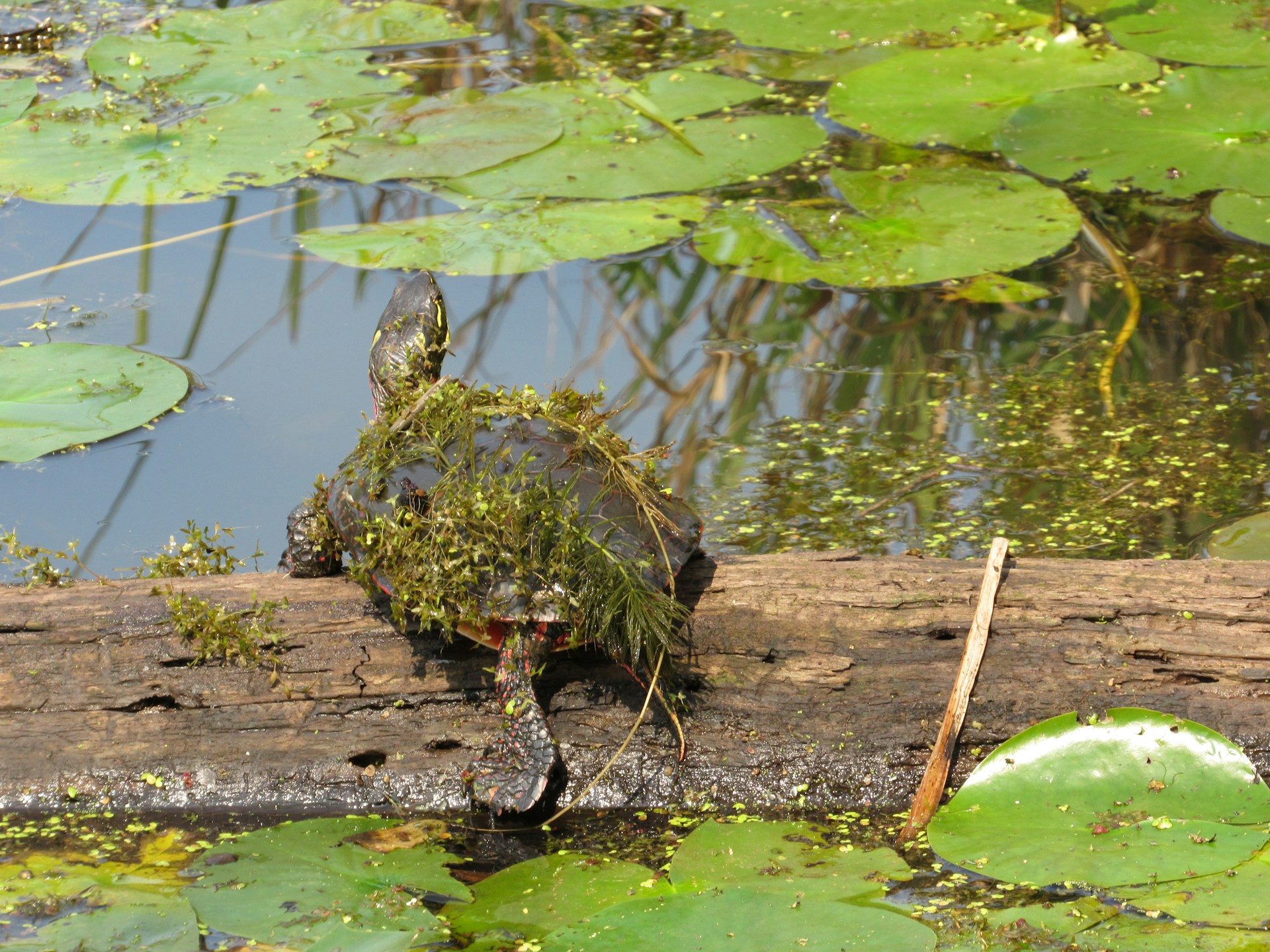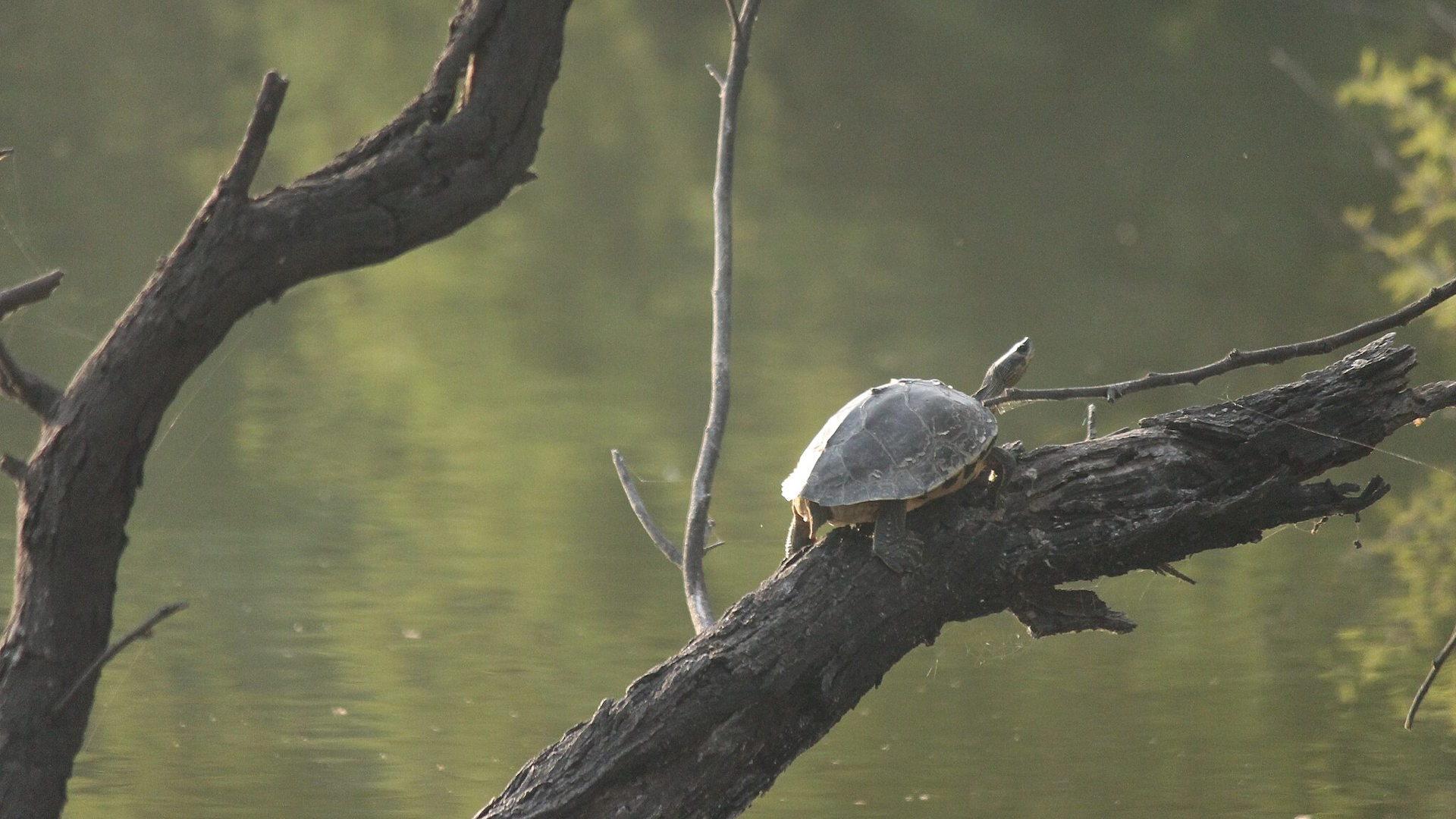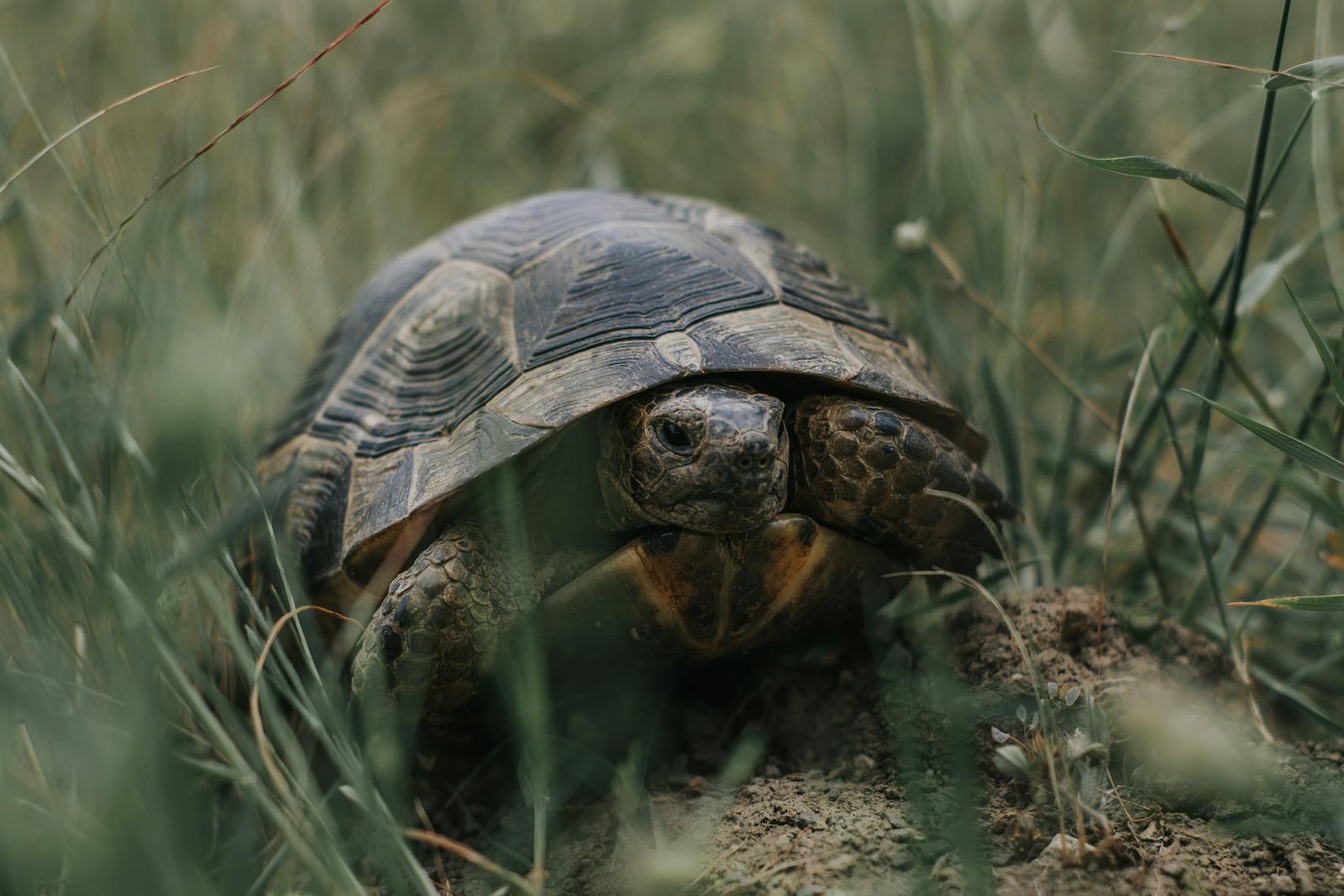Turtles, with their distinctive shells and unhurried pace, are among nature’s most recognizable creatures. These ancient reptiles have inhabited our planet for more than 220 million years, surviving the mass extinction that claimed the dinosaurs. But turtles are far more than evolutionary success stories or childhood pets—they are vital components of the ecosystems they inhabit. From freshwater ponds to vast oceans, turtles perform crucial ecological functions that maintain the health and balance of their environments. As turtle populations face unprecedented threats worldwide, understanding their ecological importance has never been more critical. This article explores the multifaceted roles turtles play in ecosystems and why their conservation matters for the health of our planet.
Ecosystem Engineers: How Turtles Shape Their Habitats
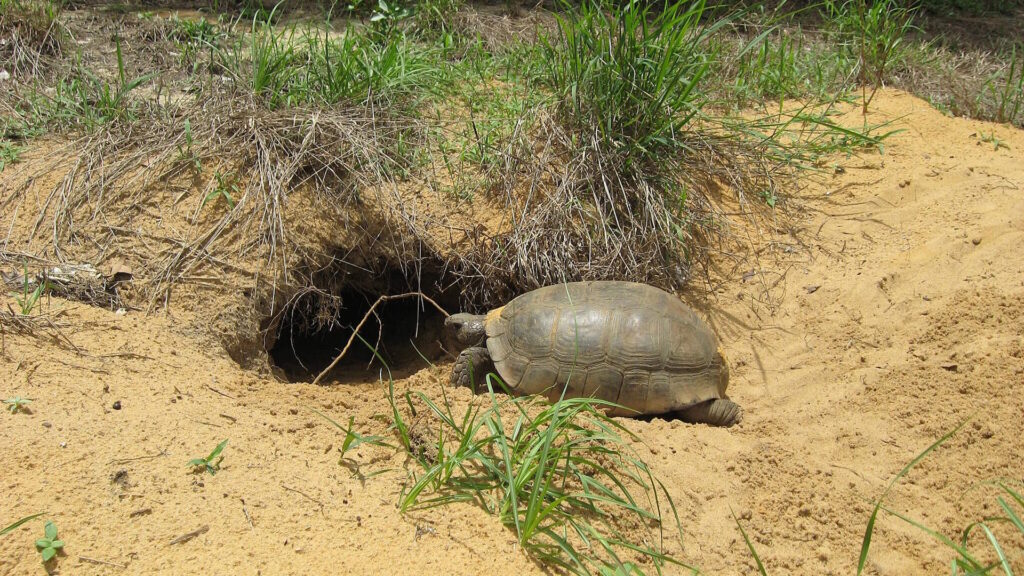
Turtles function as ecosystem engineers, physically modifying their environments in ways that benefit countless other species. In freshwater systems, species like the alligator snapping turtle create depressions in river and lake bottoms while foraging, effectively creating microhabitats for smaller aquatic organisms. Sea turtles, particularly green turtles, maintain seagrass beds through their grazing activities, preventing overgrowth and promoting healthy meadow development. The burrowing activities of desert tortoises create shelters that serve as refuge for numerous other desert species during extreme temperatures. These modifications of physical environments demonstrate how turtles’ everyday behaviors help maintain ecosystem complexity and biodiversity across various habitats.
Nutrient Cycling: Turtles as Biological Transporters

Turtles play a significant role in nutrient cycling within their ecosystems, acting as biological transporters that move essential elements between habitats. Sea turtles, for instance, transport nutrients from nutrient-rich feeding grounds in the ocean to typically nutrient-poor nesting beaches when they come ashore to lay eggs. The unhatched eggs, shells, and occasional hatchling mortalities provide vital nutrients to beach ecosystems, supporting dune vegetation that stabilizes shorelines. In freshwater systems, turtles redistribute nutrients through their feeding and defecation patterns, often moving materials between aquatic and terrestrial environments. By facilitating these nutrient flows, turtles help maintain productivity in ecosystems that might otherwise experience nutrient limitations.
Seed Dispersal: Turtles as Mobile Gardeners
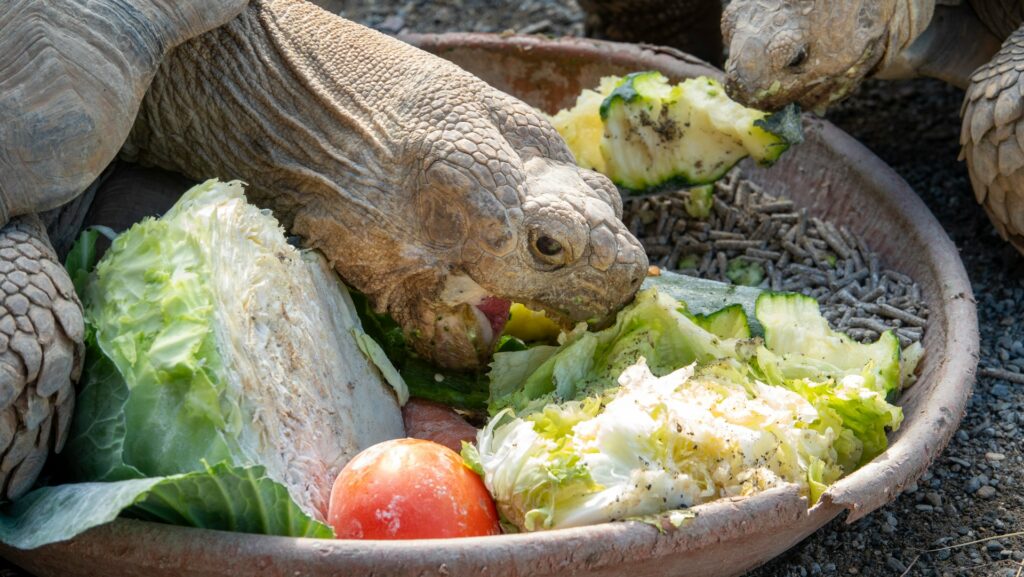
Many turtle species serve as important seed dispersers, contributing to plant diversity and forest regeneration. Tortoises and box turtles consume fruits and berries, then travel considerable distances before passing the seeds in their feces, effectively planting them in new locations. This process is particularly important for certain plant species that depend on animal dispersal to spread their seeds away from parent plants. Research has shown that seeds that pass through a turtle’s digestive tract often have improved germination rates, likely due to the abrasion of seed coats and exposure to digestive acids. In some forest ecosystems, the decline of turtle populations has been linked to changes in plant community composition, highlighting the irreplaceable role these reptiles play in maintaining plant diversity.
Scavengers and Cleanup Crew: The Sanitation Services of Turtles

Many aquatic turtle species function as nature’s cleanup crew, consuming dead fish, amphibians, and other organic matter that would otherwise decompose in waterways. This scavenging behavior helps maintain water quality by removing potential sources of bacterial growth and oxygen depletion. Snapping turtles are particularly effective scavengers, capable of consuming large animal remains that few other species can process. In marine environments, leatherback sea turtles consume massive quantities of jellyfish, helping to control populations that might otherwise reach bloom proportions. The waste processing role of turtles becomes especially apparent in artificial systems like farm ponds, where turtle removal often leads to noticeable declines in water quality and increases in undesirable algal growth.
Predator-Prey Dynamics: Turtles as Both Hunter and Hunted
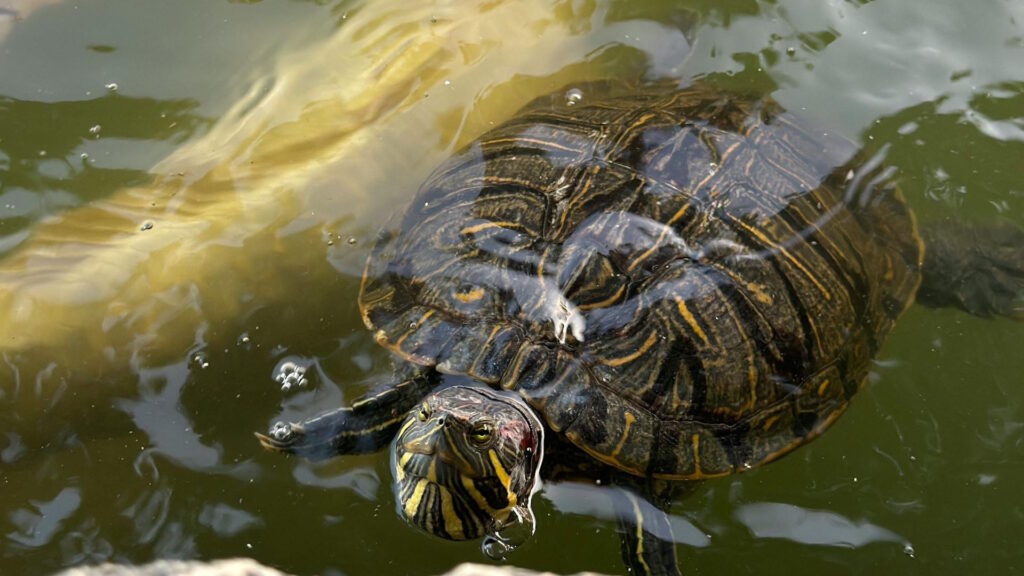
Turtles occupy various positions in food webs, influencing predator-prey dynamics throughout their ecosystems. Many freshwater turtles are omnivorous, controlling populations of aquatic invertebrates, small fish, and aquatic plants through their feeding activities. Species like map turtles specialize in consuming mollusks, potentially preventing certain invasive mussel species from dominating aquatic ecosystems. Turtle eggs and hatchlings also serve as an important food source for many predators, including raccoons, birds, and fish, transferring energy up the food chain. The balanced presence of turtles helps prevent any single species from dominating an ecosystem, maintaining the complex predator-prey relationships that characterize healthy, stable environments.
Beach and Dune Maintenance: Sea Turtles as Coastal Architects
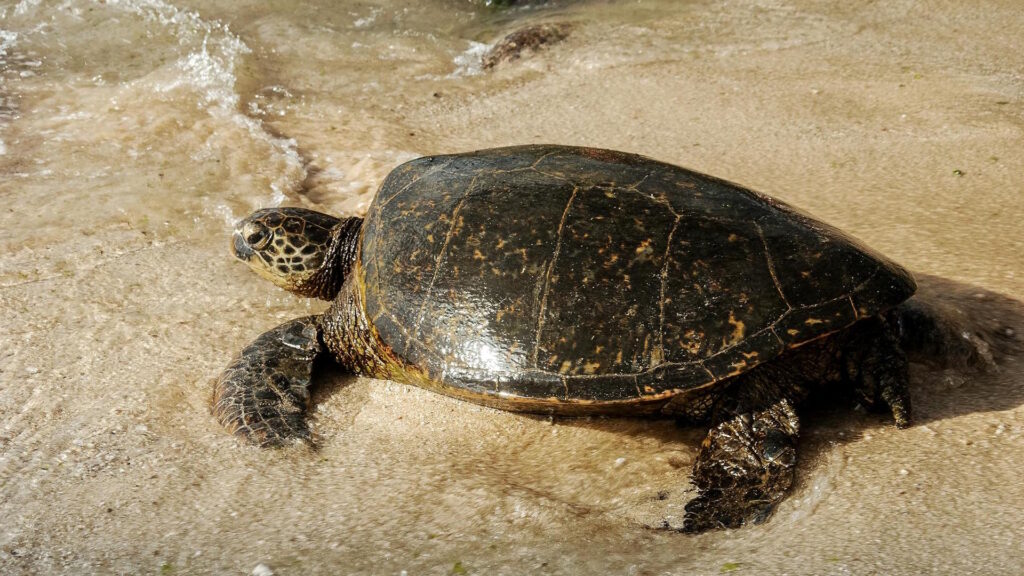
Sea turtles play a critical role in maintaining healthy beach and dune systems that protect coastal areas. When female turtles dig nests on beaches, they aerate the sand, which benefits the root systems of dune vegetation. The nutrients from unhatched eggs and eggshells enhance soil fertility, supporting more robust dune plant communities that resist erosion. Research has shown that beaches with healthy sea turtle nesting populations typically display better dune formation and stability than those without. The vegetation supported by turtle nesting activities helps anchor sand during storms and high tides, providing a natural buffer against coastal erosion. This beach reinforcement function has become increasingly valuable as coastal communities face rising sea levels and more frequent extreme weather events.
Bioindicators: Turtles as Environmental Health Monitors

Turtles serve as excellent bioindicators, organisms that reflect the health of their environments through their physiological and population responses to change. Their long lifespans allow scientists to monitor environmental conditions over extended periods, while their position in food webs exposes them to pollutants that bioaccumulate. Many turtle species show high site fidelity, remaining in specific areas throughout their lives, which makes them particularly useful for monitoring localized environmental conditions. Scientists track contaminant levels in turtle tissues, shell abnormalities, and population demographics to assess ecosystem health and detect emerging environmental threats. For example, studies of snapping turtles in the Great Lakes region have helped track the presence and effects of persistent organic pollutants, providing valuable data for environmental protection efforts.
Trophic Interactions: Turtles in the Food Web Tapestry
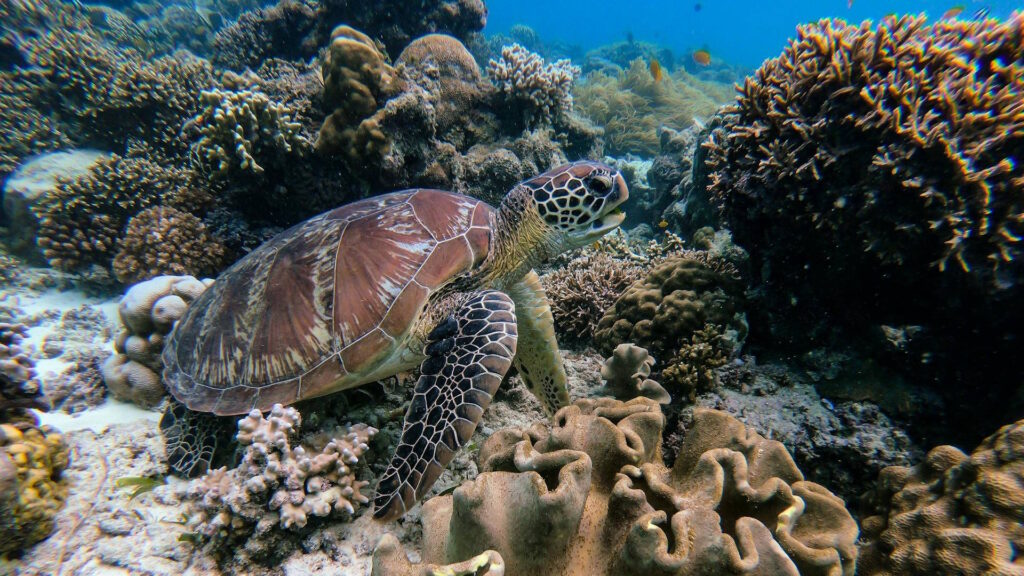
Turtles engage in complex trophic interactions that help maintain ecosystem balance and energy flow. Herbivorous species like green sea turtles and tortoises prevent any single plant species from dominating by selectively feeding on more abundant vegetation. Omnivorous pond turtles consume both plant material and small animals, regulating populations across multiple trophic levels. Specialist feeders like hawksbill sea turtles, which primarily consume sponges, create space for coral growth in reef ecosystems by preventing sponge overgrowth. These diverse feeding strategies mean that different turtle species affect their ecosystems in complementary ways, with each fulfilling specific ecological niches. The complex web of interactions between turtles and other organisms underscores why the loss of even a single turtle species can have cascading effects throughout an ecosystem.
Habitat Connectivity: Turtles as Environmental Linkers
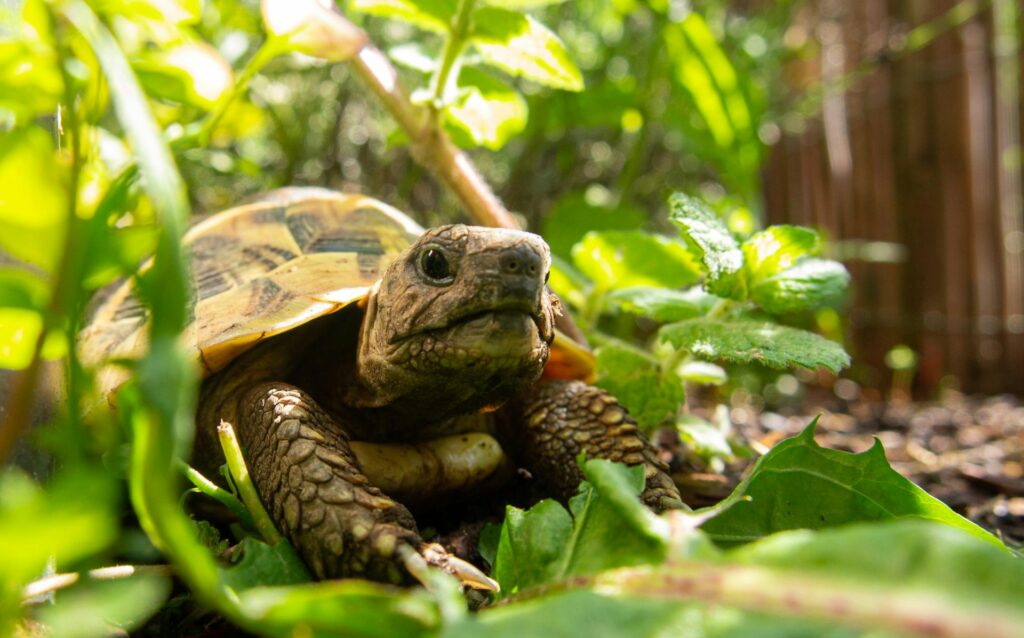
Many turtle species regularly move between different habitat types, connecting ecosystems that might otherwise remain relatively isolated. Semi-aquatic species like painted turtles and cooters travel between water bodies and terrestrial environments, transporting nutrients, energy, and sometimes even smaller organisms attached to their shells. Box turtles often traverse forest, meadow, and wetland habitats during their seasonal activities, serving as biological bridges between these ecosystems. Sea turtles make some of the most dramatic habitat connections, linking deep ocean environments with coastal beaches during their nesting migrations. These movements facilitate the flow of energy and materials between ecosystems, enhancing biodiversity and ecological resilience. The connectivity function becomes particularly important in fragmented landscapes, where natural corridors between habitat patches may be limited.
Cultural and Educational Value: Turtles as Nature’s Ambassadors
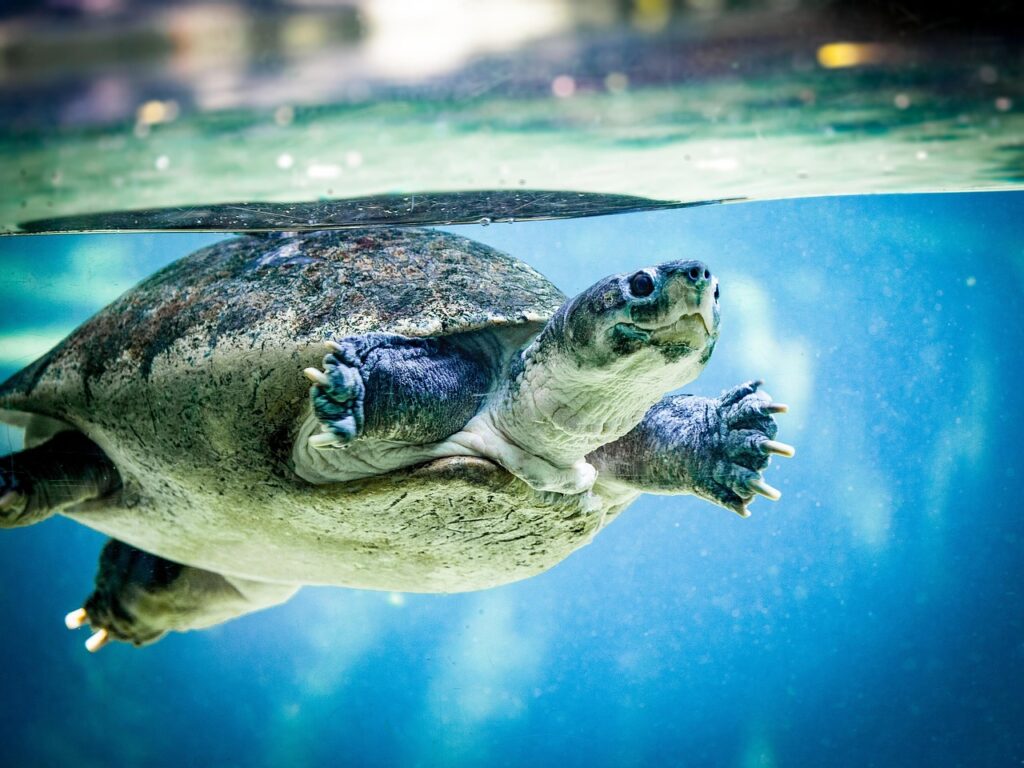
Beyond their ecological functions, turtles hold immense cultural and educational value that contributes to conservation efforts globally. Many cultures revere turtles as symbols of wisdom, longevity, and stability, featuring them prominently in mythology, art, and traditional practices. Their recognizable appearance and generally non-threatening nature make turtles ideal ambassador species that can generate public interest in broader conservation issues. Educational programs centered around turtles have proven effective at engaging communities in habitat protection efforts, particularly in coastal areas where sea turtle conservation has become a catalyst for protecting entire marine ecosystems. The economic value of turtle-based ecotourism provides tangible incentives for protecting habitats, as communities benefit financially from healthy turtle populations that attract visitors.
Threats and Conservation Challenges: Why Turtles Are Vanishing
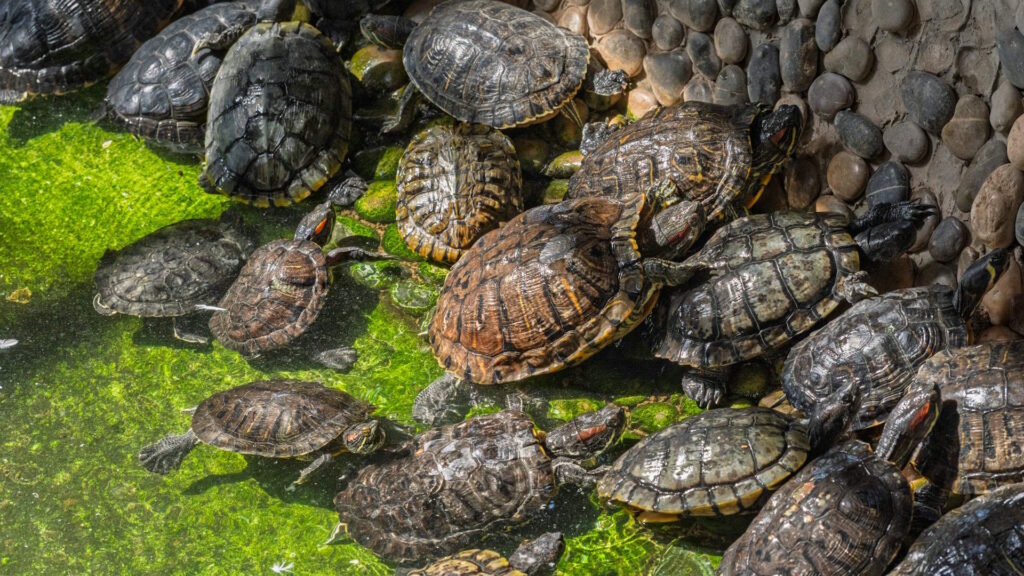
Despite their ecological importance, turtle populations face unprecedented threats worldwide, with over 60% of all turtle species considered threatened or endangered. Habitat destruction remains the primary threat, as wetlands are drained, forests cleared, and beaches developed for human use. Commercial exploitation for food, traditional medicine, and the pet trade has decimated many populations, particularly in Asia where turtle consumption has reached crisis levels. Climate change poses a particular challenge for species with temperature-dependent sex determination, as warming temperatures skew sex ratios toward females, potentially leading to reproductive failure. Road mortality, predation by introduced species, and pollution further compound these threats, creating a perfect storm of pressures that many turtle populations cannot withstand. The slow reproductive rate of most turtle species—characterized by late maturity and low reproductive output—makes them especially vulnerable to population declines, as they cannot quickly recover from losses.
Conservation Success Stories: Bringing Turtles Back from the Brink
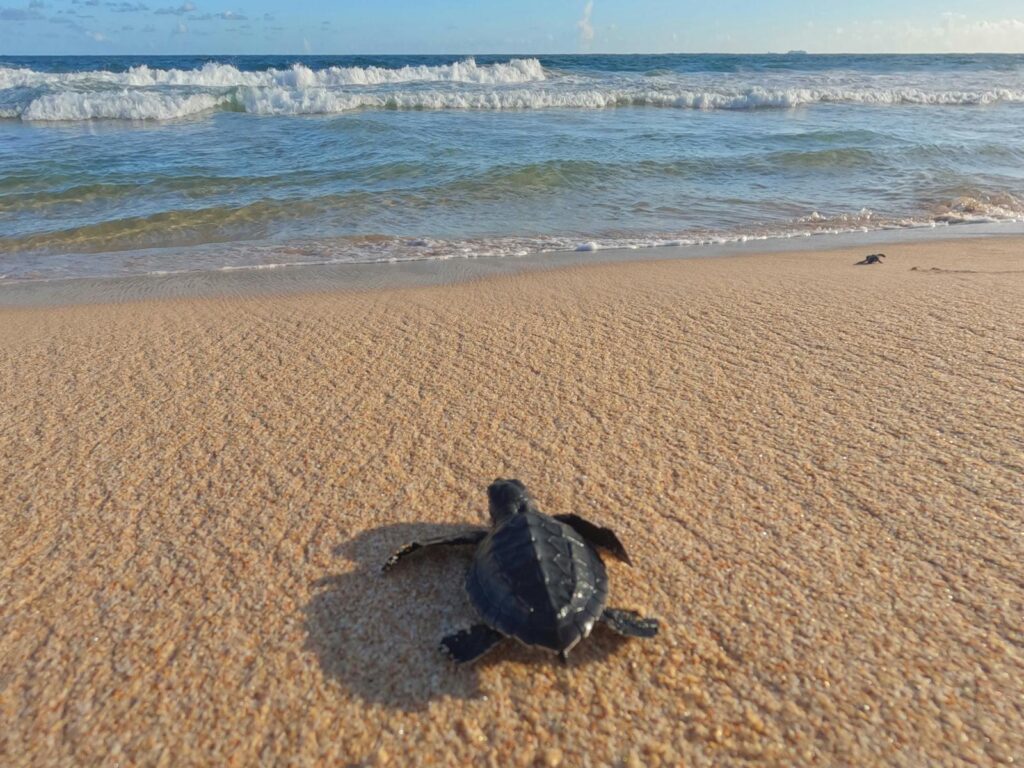
Despite the challenges, conservation efforts have yielded important successes that demonstrate the potential for turtle recovery. The Kemp’s ridley sea turtle, once the most endangered sea turtle species, has shown significant population increases following international protection of its nesting beaches in Mexico and the implementation of turtle excluder devices in fishing nets. Headstarting programs, where eggs and hatchlings are protected until they reach sizes less vulnerable to predation, have helped bolster populations of several freshwater turtle species, including the western pond turtle in the United States. Community-based conservation initiatives, particularly around sea turtle nesting beaches in developing nations, have transformed former turtle hunters into turtle protectors, creating sustainable livelihoods through ecotourism. These success stories highlight that with proper protection, education, and habitat management, turtle populations can recover and resume their vital ecological roles.
Conclusion: Why Turtle Conservation Matters for Ecosystem Health
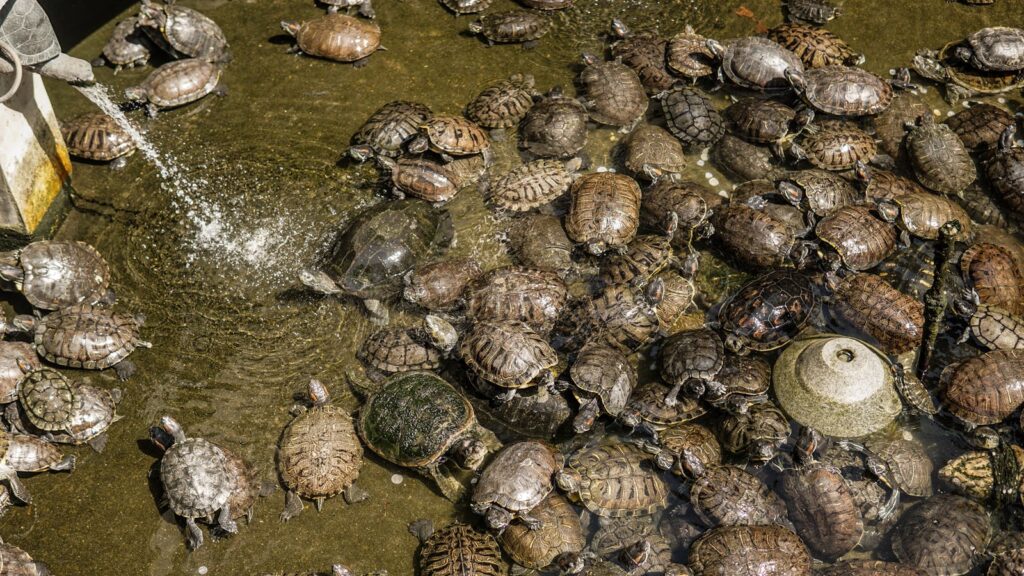
The diverse ecological roles of turtles—from ecosystem engineering to nutrient cycling, seed dispersal to predation control—underscore their importance as keystone species in many environments. As we lose turtle diversity and abundance, ecosystems lose resilience and functionality, potentially triggering cascading effects that impact countless other species, including humans. The conservation of turtles is not merely about preserving charismatic animals but about maintaining the ecological processes that sustain healthy, functioning ecosystems. By protecting turtles and their habitats, we effectively conserve entire ecological communities and the services they provide. As we face unprecedented global environmental challenges, the humble turtle reminds us that sometimes, the most valuable players in nature’s complex web are those that have been quietly doing their essential work for millions of years.

